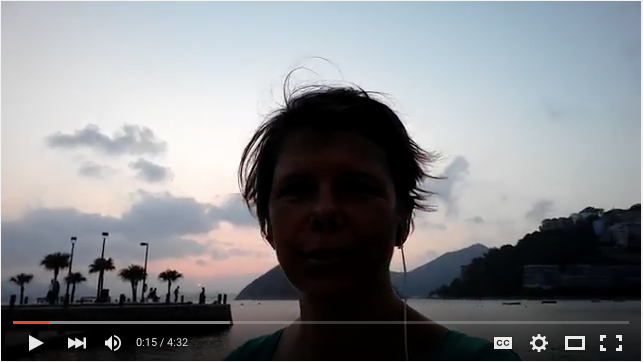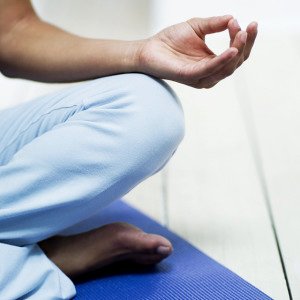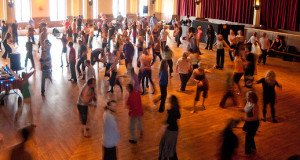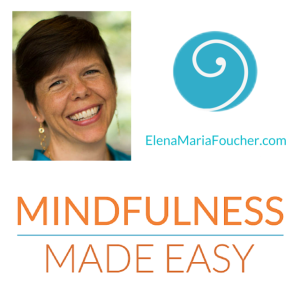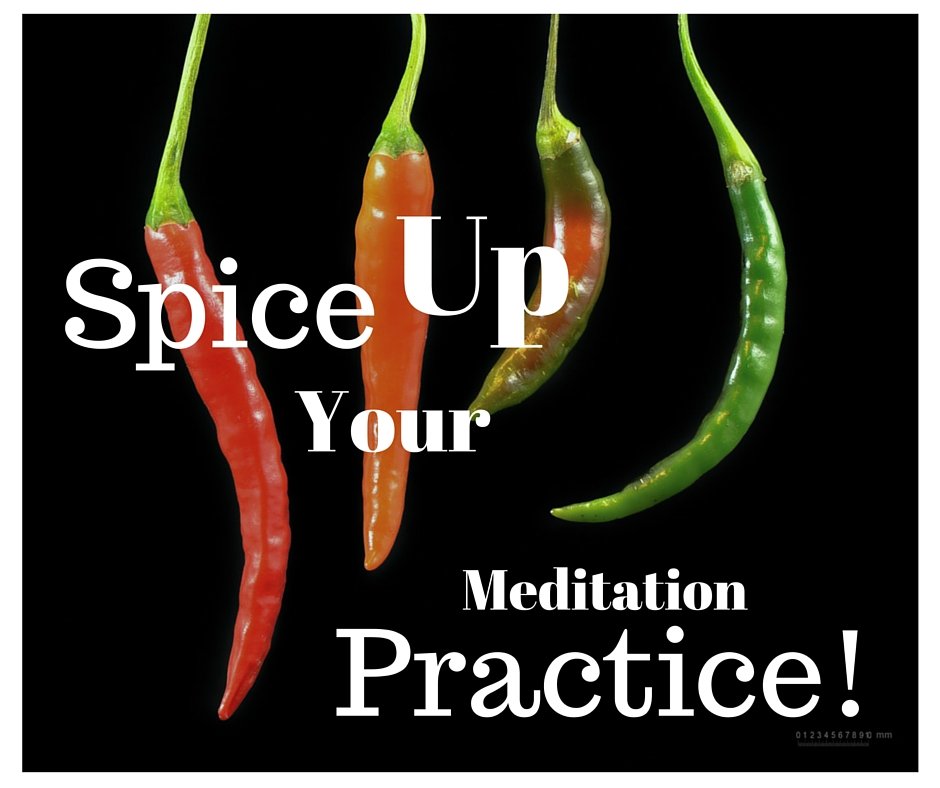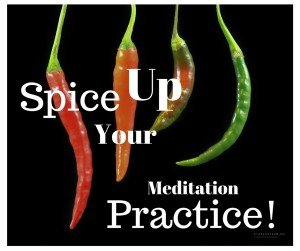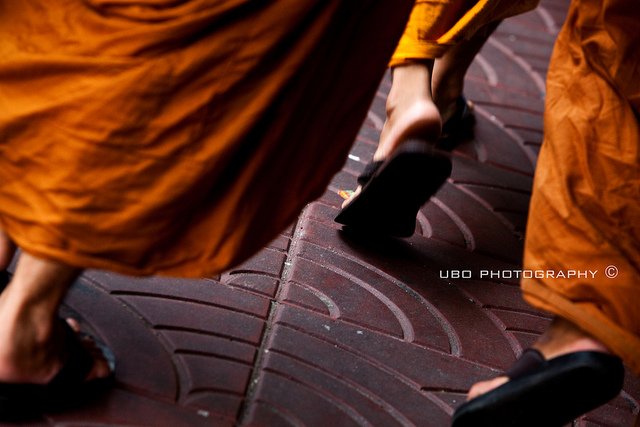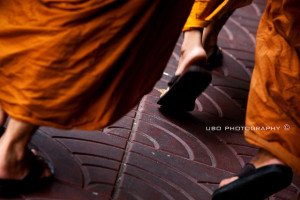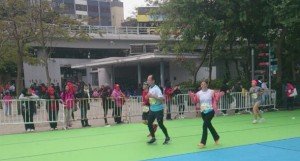
 Imagine hearing all of the wonderful things that you’ve heard about meditation and innocently sitting down to give it a try. You cross your legs, set a timer for 10 minutes and start counting your breath and calming your mind.
Imagine hearing all of the wonderful things that you’ve heard about meditation and innocently sitting down to give it a try. You cross your legs, set a timer for 10 minutes and start counting your breath and calming your mind.
…And it doesn’t work.
You can’t sit still, your back hurts, your legs fall asleep, your nose itches, you keep checking your watch (“Is this over yet?!”) … As if that wasn’t bad enough, you’re mind races and you can’t even count 3 breaths in a row!
Maybe you’ve even had this experience yourself.
I certainly did. After about two weeks of this craziness, I quit.
And then started again… in a whole new way. Successfully this time. And much happier.
What saved my practice?
Well, I discovered that there are other ways to meditate. It turns out, in fact, that there are many, many other ways to meditate. On that day, 10 years ago, I did some research and found a way that I liked, that suited me, and along with a good does of determination I became a happy meditator with a regular practice that changed my life.
How did I do it? How can meditation be made easy?
With two key steps: first, do your practice for a short amount of time, and second, chose a practice that you like, that suits you and your personality.
Step 1: As a beginner, practice for a short amount of time.
Just like fitness, as you exercise, your meditation ‘muscles’ will get stronger and you will be able to practice for longer and longer periods with ease. Start with 30 seconds or a minute, 3 breaths or 5; get good at that, and then add more. With daily practice you will find that very quickly you are able to build to a longer time.
If you start with something that you can do and build on that, you will feel successful from the beginning, you will feel encouraged to continue, and you will get the benefits of meditation by going from strength to strength.
It may help to realize that the benefits of meditation come when you practice every day. It isn’t so important that you practice for a long period of time, especially in the beginning, it is more important that you establish a regular habit. Start small, see if meditation helps you. If it does then you will be encouraged to keep building your practice. A good daily goal to aim for is 15 minutes a day.
Step 2: Chose a practice you like, that suits you and your personality.
Meditation is about learning to focus on something that is happening right now, in the present moment. Simply put, meditation has you pay attention to something in the here and now. Focusing on breath is the classic example: you pay attention to how you are breathing right now. Luckily, as well as breath, there are a lot of other things that you can focus on such as images, sounds, sensations, etc. If breath isn’t interesting for you you can choose something else!
If you are a visual person, someone who likes visual arts, design, esthetics, etc you can choose a practice that focuses on an image, like a painting, or what you can see in your environment right now.
If you are more auditory, someone who likes music, singing, soundscapes, etc, you can choose a practice that focuses on sound, like a song, or what you can hear in your environment right now.
If you are more physical, someone who likes athletics, dance, sensations, etc, you can choose a practice that focuses on physical sensations, like a movement, or what you can feel in your body right now.
As you can imagine from these suggestions, it is not necessary to practice meditation with your eyes closed or while seated. You can look, you can listen, you can move. In fact, you can choose any one of your five senses and do practices that utilize that sense. Even a combination of senses, like the practice of Mindful Eating in which you focus on how your food looks, feels and tastes as you are eating it, moment to moment.
Mindfulness Made Easy Classes
You can find lots of different kinds of meditation practices online, in books, at retreats and in meditation classes in your area. In my class, Mindfulness Made Easy, I teach 4 different practices, each one focusing on a different sense, so that you will have one to suit your personality. We practice these for very short periods of time so that you can get used to meditation and build your meditation muscles with ease.
You’re welcome to join Mindfulness Made Easy, as a great way to build a new practice or turn your existing one into a regular habit that’s easy to maintain.
One to one classes are also available upon request by emailing me at Elena at ElenaMariaFoucher.com.
And to receive free meditation tips and tools subscribe to my blog at ElenaMariaFoucher.com.
Image compliments of Pixabay.com


